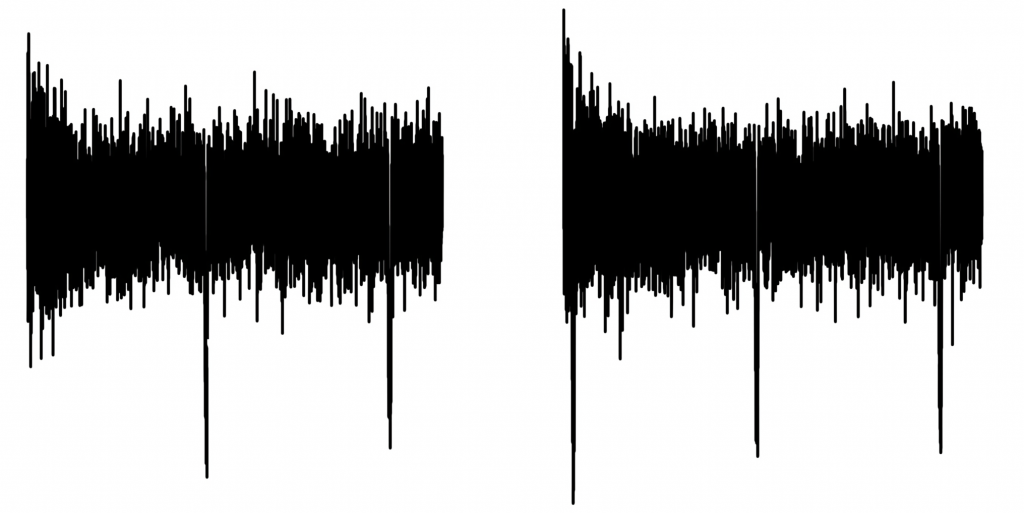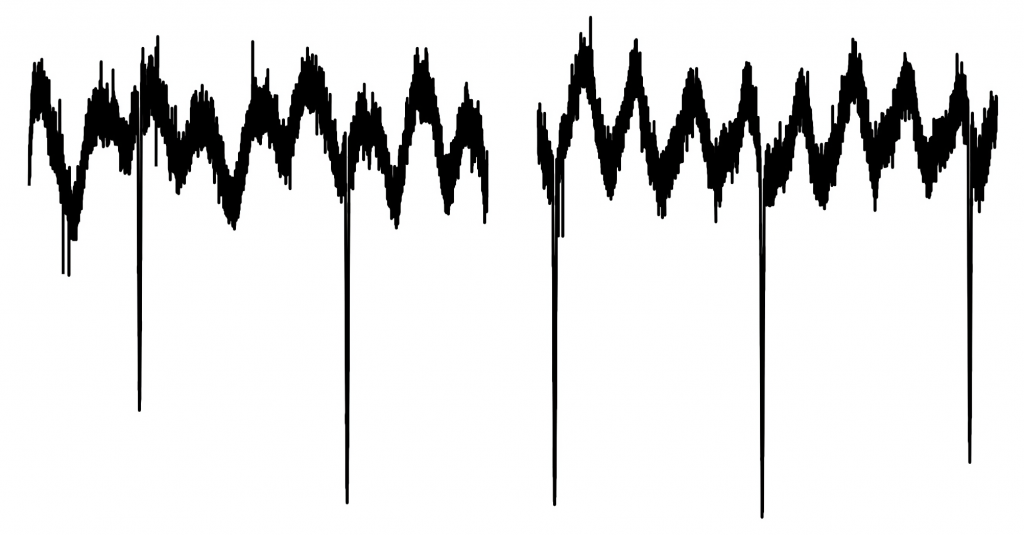

As a member of Brooklyn Tech’s Weston Research Scholars Group, I did a lot of astrophysics research from sophomore year through senior year.
January 2022 NYC Terra Science Competition.
In particular, I created a Python program that went through hundreds of thousands files from NASA’s Tess Satellite looking for files of light curves that could be evidence of stars in the galaxy are very close to black holes. My research found some stars that scientists could now look closer to see if there are nearby black holes.
I submitted my research report to the NYC Terra Science competition in January 2022 where it was accepted into the competition. The Weston Group gave me an honor certificate for submitting my research to the Terra Science competition.
November 2022 Regeneron Science Competition
After the Terra Science Competition, my research focused on using a AI Machine learning program to go through 1 million TESS files looking through anomaly stars in the galaxy.
While NASA’s TESS Satellite has created massive data to hunt for exoplanets in our galaxy, some have theorized that the data can find other anomalous stars, such as stars near black holes. Also, in recent years, while some astrophysicists have used AI machine learning programs to search through TESS data, no one appears to have used a newer form of AI called Generative Adversarial Networks (GANS). My research created a Python program using an open source version of GANS to first train a GANS model on light curve times series for 5,000 stars that have already been identified to have exoplanets and then use the GANS model to go through the 1 million TESS files and identify stars that could have anomaly transit light curves. Assigning “severity” scores to files with anomalous light curve time series, this program, rather than hunting primarily for stars that have exoplanets, searched for stars with light curves that are evidence of mechanisms built around stars by other intelligent civilizations in our galaxy (SETI). My research, finding files with high “severity” scores and other significant light values, identified approximately 20 candidate files with extreme transits and severity scores that are promising SETI candidates. This study also found other possible anomalous stars, such as stars with binary large exoplanets and binary stars. This study shows that unsupervised GANS machine learning can be an efficient tool to analyze massive astrophysics data such as data generated by the TESS Satellite.
GAMMA RAY BURSTS and NEUTRINOS. Summer 2023
During Summer 2023, I intered in a NASA program working with a astrophysics professor at Ohio State. I did research on GRBs and Neutrinos. Heres is the video of my final day presentation of my research.